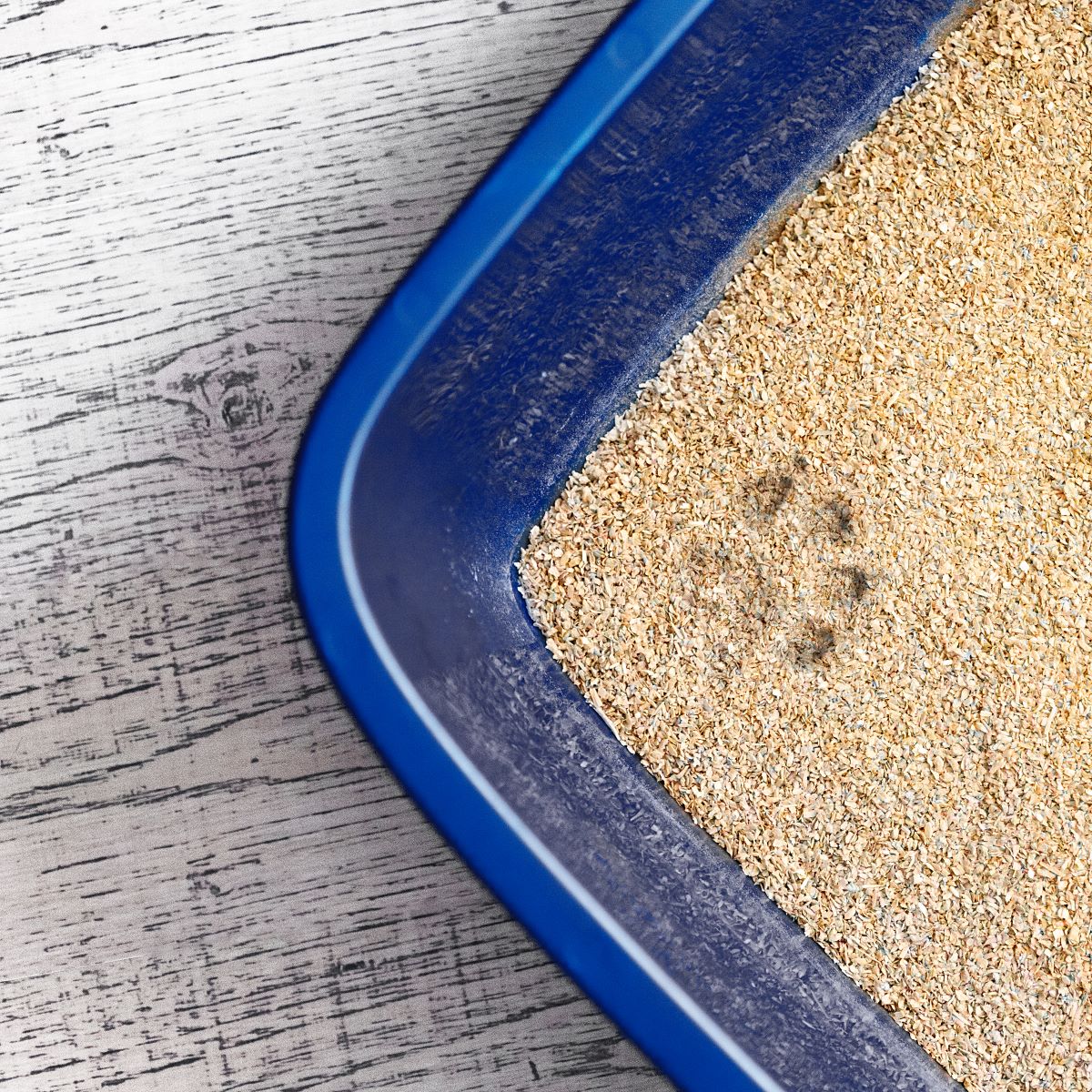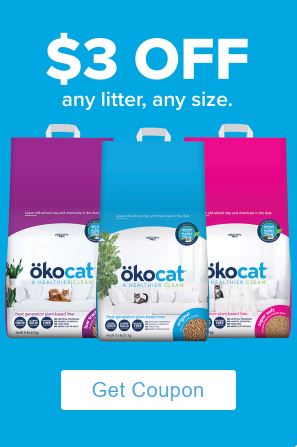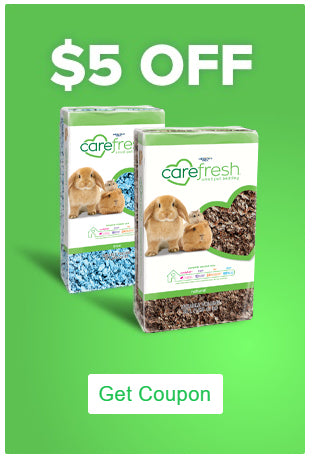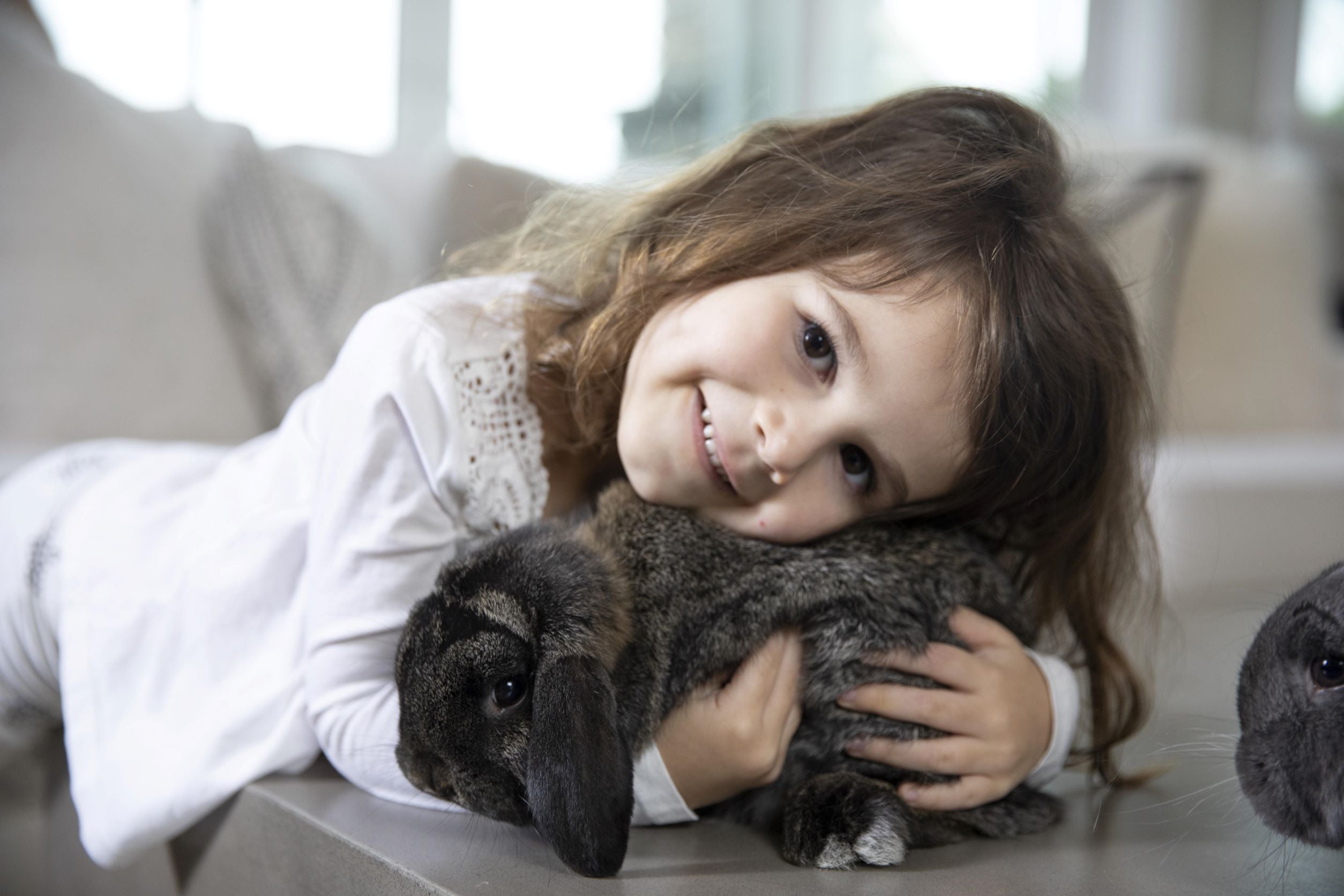The Key To Pet Wellness and Legal Rights in Pet Care
Photo by Andrew S on Unsplash
Pets are more than just animals; they are members of our families, bringing joy, companionship, and unconditional love into our lives. As responsible pet owners, we must provide our furry companions with well-being and happiness. Their optimal health involves providing them with proper nutrition, exercise, and mental stimulation and understanding and upholding their legal rights in pet care.
Understanding Pet Wellness
Pet wellness is not just about a balanced diet and regular exercise; it encompasses a holistic approach to caring for our pets. Regular veterinary check-ups, vaccinations, and preventive healthcare measures are vital to keeping our pets healthy and happy. Mental well-being is equally important, and providing our pets with mental stimulation and affection contributes to their overall quality of life.
Ensuring our pets have a safe and enriching environment is significant to their wellness. This includes providing them with comfortable resting spaces, engaging toys, and opportunities for exploration. Understanding our pets' needs, preferences, and behaviors allows us to effectively tailor their care to promote their physical and emotional well-being.
Building a solid routine that includes exercise, training, playtime, and relaxation helps maintain balance and stability in our pets' lives. Monitoring their health closely and promptly addressing any changes or concerns can prevent potential issues from escalating and ensure early intervention when needed. Ultimately, investing time, effort, and love into our pets' wellness benefits them physically and emotionally and reinforces the bond between us and our furry companions.
Legal Rights in Pet Care
As pet owners, we have legal rights and responsibilities to ensure the welfare of our pets. Understanding these legal rights is crucial to providing proper care and protection for our furry friends. From animal welfare laws to pet ownership regulations, being aware of the legal framework surrounding pet care is fundamental to being a responsible pet owner.
Additional Guidelines for Pet Wellness and Legal Compliance:
Regularly check and update your knowledge of local and state laws concerning pet ownership and welfare.
Ensure your pet is correctly identified with tags or microchips to comply with legal requirements and facilitate their safe return if lost.
Familiarize yourself with zoning laws and regulations impacting pet ownership in your area, such as pet limits or breed-specific legislation.
Take proactive measures to prevent potential legal issues by adhering to leash laws, cleaning up after your pet in public spaces, and addressing behavioral concerns promptly.
Seek legal advice or service if you encounter legal disputes or challenges related to your pet's care or well-being to protect your rights and your pet's best interests.
By upholding our pets' wellness and legal rights, we can build a nurturing and supportive environment that ensures their safety, happiness, and overall quality of life. Remember, being an educated and responsible pet owner is vital to providing the best possible care for our beloved animal companions.
Discovering Legal Protections and Pet Insurance
Lawrina — an online platform specializing in legal resources, pet owners can access knowledge regarding their legal rights and protections. Educating ourselves on matters like liability in pet-related incidents, landlord-tenant laws concerning pet ownership, and the legal duties of pet owners can assist in effectively navigating the intricacies of pet care. Furthermore, delving into the advantages of pet insurance can offer financial protection against unexpected medical emergencies or veterinary expenses.
In addition to legal resources and guidance available online, pet owners can consult with local animal welfare organizations and legal professionals specializing in animal law to gain further insights into their legal rights and responsibilities in pet care. Engaging with these resources can provide a well-rounded understanding of the legal landscape surrounding pet ownership and empower individuals to advocate effectively for the well-being of their pets within the legal framework.
Balancing Pet Wellness and Legal Compliance
Maintaining pet wellness while complying with legal requirements may seem challenging, but it is achievable with the proper knowledge and resources. By prioritizing our pets' health and well-being and staying informed about our legal obligations as pet owners, we can create a safe and nurturing environment for our beloved companions.
Striking a balance between providing proper care for our pets and abiding by legal regulations ensures that we uphold our responsibilities as pet owners while promoting our furry friends' overall wellness and happiness. This harmonious integration of pet care and legal compliance ultimately leads to a fulfilling and enriching bond between us and our cherished pets.
Advocating for Pet Rights
Advocacy plays a vital role in promoting pet rights and welfare. By actively supporting initiatives that aim to protect animals, being a voice for those who cannot speak for themselves, and understanding the legal avenues available to address issues related to animal welfare, we can donate to creating a more compassionate society for pets.
Through advocacy efforts, such as supporting animal shelters, promoting adoption, and raising awareness about responsible pet ownership, we can ensure that all pets receive the care, respect, and protection they deserve. Together, as animal advocates, we can make a meaningful impact and foster a culture of empathy and compassion towards our beloved pets and all creatures in need.
In conclusion, the key to pet wellness lies in love, care, and a deep understanding of our pets' needs. By upholding their legal rights, providing a nurturing environment, and advocating for their well-being, we can guarantee that our furry friends lead happy, healthy lives filled with love and compassion.
Remember, a satisfied pet is a healthy pet, and a healthy pet is a cherished companion.
Read More7 Compelling Reasons to Choose Paper Packaging Over Heavy Plastic for Your Cat Litter
The battle between paper and plastic packaging is ongoing, but for eco-conscious consumers, paper often comes out on top. Here are seven compelling reasons why you should consider opting for paper packaging for your cat litter.
1. Environmentally Friendly:
- Paper is biodegradable and compostable, making it a sustainable choice.
- Plastic takes hundreds of years to decompose, contributing to environmental pollution.
2. Reduced Plastic Pollution:
- Choosing paper helps reduce the demand for single-use plastics.
- Plastic waste, especially in the oceans, poses a significant threat to marine life and ecosystems
3. Renewable Resource:
- Paper is made from trees, which can be replanted and harvested sustainably, and so is okocat natural litter!
- Plastic production relies on fossil fuels, a finite and environmentally damaging resource.
4. Energy Efficiency:
- The production of paper packaging consumes less energy compared to plastic.
- Lower energy consumption results in a smaller carbon footprint.
5. Recycling Ease:
- Paper is highly recyclable and widely accepted in recycling programs.
- Plastic recycling is more complex, and not all types are equally recyclable.
6. Versatility:
- Paper packaging can be adapted for various products, from food to cosmetics and more.
- Plastic packaging often faces limitations due to its non-biodegradable nature
7. Aesthetic Appeal:
- Paper packaging offers a natural, rustic, and eco-friendly appearance.
- Many consumers are drawn to the eco-conscious image conveyed by paper packaging.
In summary, choosing paper packaging over plastic is a small but impactful step toward a more sustainable future. It reduces plastic pollution, encourages the use of renewable resources, and supports energy-efficient production methods. Moreover, it's easy to recycle and offers versatility, making it a practical choice for a wide range of products such as natural cat litter. So, next time you're faced with a packaging choice, consider the positive impact of paper packaging on the environment and make the eco-friendly choice.
Read MoreReduce Your Waste - How to Compost ökocat Natural Litter
Did you know that ökocat litter is 100% biodegradable and compostable? ökocat litter is an all-natural plant-based cat litter, which allows it to be returned from where it came—the earth!
Not only are we committed to making sustainable products, but we also strive to produce minimal waste and help you do the same! Did you know that roughly 80% of the items buried in landfills in the United States could be recycled or composted? Landfills are one of the largest contributors to soil pollution.
Traditionally when cleaning the litter box it is common to simply toss the old litter into the trash. However, composting has recently become a great way to reduce household waste. ökocat litter users who compost their old litter can sleep better at night knowing that they are creating a smaller carbon footprint for your furry friend.
How does it work?
Organic waste will break down naturally if given enough access to oxygen, allowing microorganisms to feed on the organic materials, breaking it down into usable compost! This is called aerobic decomposition, organic materials converted to compost can be used as a soil amendment, improving the quality of your soil by adding essential plant nutrients.
In landfills, waste lacks access to oxygen causing decomposition to take much longer and producing lots of greenhouse gasses like methane and takes up so much space!
How do I start a home compost?
If you are interested in starting a home composting system, do your research to find the right composting system for your home – there are tons of methods out there that will require different amounts of space and even work on your end. The basic principles of creating healthy compost are the same, it’s critical to practice good composting standards for optimal aerobic decomposition. This means stirring, turning, watering, checking the temperature, and covering your compost every few days.
Make sure there isn’t too much of one type of organic material in your compost pile, you want an overall balanced content. Variety is the spice of life, and that holds true to your compost pile as well! It does take some effort but it’s well worth it in the end and after a few months, your compost will be ready to be used in your happy and healthy garden.
If you have any questions or concerns regarding composting at home, we recommend checking your local ag regulations, reading more through the tips at EPA.gov, or checking your state regulations.
Can I compost poo? It depends.
Many of the compost blends you can buy on the market will contain manure from animals like cows and horses. These animals are herbivores, meaning their waste will only contain plant matter and this creates amazing compost!
So the rules of thumb for composting your pet’s waste is: herbivores only! That, unfortunately, means no for composting your cat's poo.
Cat parents can still compost their excess litter but should remove the solid waste from the used litter and properly dispose of with the use of a biodegradable bag. The feces of any carnivorous animal may contain harmful bacteria and should NOT come in contact with anything edible. After removing any solid waste, you can safely compost the rest of the litter.
Composting How-to:
Place litter on your compost heap, add some straw and mix it all together.
Allow this to sit with other compostable items, turning the compost as needed to allow for proper aerobic decomposition.
Each composting system has different requirements for turning and tending, so make sure to tailor these steps to your specific system.
Depending on the size of your pile and your method of composting, it can take anywhere from two to six months for your compost to be ready to use and mixed into your garden.
Important Tips for Success:
Do not compost the waste of any animals who are ill, contagious, or taking medication, as these unwanted elements may wind up in your soil.
Do not compost the feces of carnivores or omnivores
Keep your compost pile balanced
Don’t want to Start your Own Composting System?
What if I don’t want to start a home compost, but don’t want to throw my excess litter into the garbage?
If you are not interested in creating your own home compost bin or don’t have the available space, you may be able to use a yard waste bin or simply bring your compostable materials to local farms or a nearby community garden. Be sure to ask first if they will accept compostable materials with pet waste and what the requirements are.
Most waste management companies have a commercial composting facility, especially if you live in a larger town or city.
If you are struggling to locate one, we simply recommend googling “composting facilities near me”, give them a call and ask:
If they provide a waste-management bin and the times they pick up compost
If they do not pick up, when and how your compostable materials can be dropped off
Any regulations of what should/should not be included in your compost materials
The cost associated with working the yard-waste management
Any additional benefits they provide (such as finished compost at a reduced price).
So what are you waiting for? Start composting your used ökocat litter today!
Read MoreReduce Your Waste - How to Compost carefresh Small Pet Paper Bedding
Did you know that carefresh bedding is 100% biodegradable and compostable? carefresh is a made from scratch small pet paper bedding, which allows it to be returned from where it came—the earth!
Not only are we committed to making sustainable products, but we also strive to produce minimal waste and help you do the same! Did you know that roughly 80% of the items buried in landfills in the United States could be recycled or composted? Landfills are one of the largest contributors to soil pollution.
In the past when cleaning out a small pet’s home, it has been common to simply toss the old bedding into the trash. However, composting has recently become a great way to reduce household waste. Small pet parents who compost their old bedding can sleep better at night knowing that they are creating a smaller carbon footprint for your furry friend.
How does it work?
Organic waste will break down naturally if given enough access to oxygen, allowing microorganisms to feed on the organic materials, breaking it down into usable compost! This is called aerobic decomposition, organic materials converted to compost can be used as a soil amendment, improving the quality of your soil by adding essential plant nutrients.
In landfills, waste lacks access to oxygen causing decomposition to take much longer and producing lots of greenhouse gasses like methane and takes up so much space!
How do I start a home compost?
If you are interested in starting a home composting system, do your research to find the right composting system for your home – there are tons of methods out there that will require different amounts of space and even work on your end. The basic principles of creating healthy compost are the same, it’s critical to practice good composting standards for optimal aerobic decomposition. This means stirring, turning, watering, checking the temperature, and covering your compost every few days.
Make sure there isn’t too much of one type of organic material in your compost pile, you want an overall balanced content. Variety is the spice of life, and that holds true to your compost pile as well! It does take some effort but it’s well worth it in the end and after a few months, your compost will be ready to be used in your happy and healthy garden.
If you have any questions or concerns regarding composting at home, we recommend checking your local ag regulations, reading more through the tips at EPA.gov, or checking your state regulations.
Can I compost poo? It depends.
Many of the compost blends you can buy on the market will contain manure from animals like cows and horses. These animals are herbivores, meaning their waste will only contain plant matter and this creates amazing compost!
So the rules of thumb for composting your pet’s waste is: herbivores only! Rabbit, guinea pig, or chinchilla feces are a great addition to your compost piles.
Parents of omnivore or carnivore pets can still compost their excess carefresh bedding, but we recommend removing the solid waste from the used litter and properly disposing with the use of a biodegradable bag. The feces of any omnivorous or carnivorous animals may contain harmful bacteria and should NOT come in contact with anything edible. After removing any solid waste, you can safely compost the rest of the litter.
Composting How-to:
Place the droppings and used bedding on your compost heap, add some straw and mix it all together.
Allow this to sit with other compostable items, turning the compost as needed to allow for proper aerobic decomposition.
Each composting system has different requirements for turning and tending, so make sure to tailor these steps to your specific system.
Depending on the size of your pile and your method of composting, it can take anywhere from two to six months for your compost to be ready to use and mixed into your garden.
Important Tips for Success:
Do not compost the waste of any animals who are ill, contagious, or taking medication, as these unwanted elements may wind up in your soil.
Do not compost the feces of carnivores or omnivores
Keep your compost pile balanced
Don’t want to Start your Own Composting System?
What if I don’t want to start a home compost, but don’t want to throw my excess bedding into the garbage?
If you are not interested in creating your own home compost bin or don’t have the available space, you may be able to use a yard waste bin or simply bring your compostable materials to local farms or a nearby community garden. Be sure to ask first if they will accept compostable materials with pet waste and what the requirements are.
Most waste management companies have a commercial composting facility, especially if you live in a larger town or city.
If you are struggling to locate one, we simply recommend googling “composting facilities near me”, give them a call and ask:
If they provide a waste-management bin and the times they pick up compost
If they do not pick up, when and how your compostable materials can be dropped off
Any regulations of what should/should not be included in your compost materials
The cost associated with working the yard-waste management
Any additional benefits they provide (such as finished compost at a reduced price).
So what are you waiting for? Start composting your used carefresh bedding today!
Read MoreKitten Care 101: Bringing Home your New Kitten
So you’ve decided the time is right to welcome in a new furry member of the family? Who doesn’t want a kitten – they are a lot of fun and there is definitely no shortage on cuteness, but they are a big responsibility as well. Some things you’ll want to consider before adopting your net cat; would a mature cat be better suited to your lifestyle or do you have the time and energy needed to raise a kitten? Should you adopt more than one cat to offer them some companionship? Are you willing to commit to being a pet parent for the full length of a cats life? The average lifespan for an indoor cat is around 15 years! So before you decide between adopting a kitten or a more mature cat – make sure you are prepared for the commitment that comes with raising a kitten.
So what do you need to know to make sure you start off on the right paw with your new kitten? Follow along and we will make sure you are set up for success!
Before Adoption
Before you bring home your new kitten, there are some things you will want to get squared away to ensure a smooth transition into your home and family!
Find a vet
One of the most important steps to take first is to get set up with a good veterinarian. It is a really good idea to take your new kitten in for an exam right away. They will be able to check your cat for any health concerns and answer any lingering questions you may have on providing your kitten with the very best care – like selecting the most nutritional food or litter training tips.
Supplies
Before you bring home your new kitten, you will want to make sure you are well stocked on everything your new friend will need.
Cat food: do your research or consult your vet to select the perfect food for your kitten
Cat box & litter: ökocat wood clumping cat litter has you covered with 4 different varieties to meet your needs as a new kitten parent.
ökocat super soft is a great litter to start with for new kittens and their tender paws
ökocat dust free for kitties with sensitive noses or allergies
Cat carrier: essential item for safe travel and trips to the vet
Scratching post: avoid your cat tearing up your furniture by offering them a scratching post or cat tree
Toys: toys provide your cat with a great way to get out their kitten energy,
form bonds with you, and redirect their uses to play by scratching you or your furniture
Food & water bowls
Collar with bell and ID tags: especially important if you plan to let your cat outside, the bell will help warn away any birds in your yard
Grooming supplies: a brush and nail clippers are essential tools to keep your cat’s fur unmated and their claws trimmed to avoid nasty scratches
Ready your home
One last thing to check of the “To Do List” before you bring your kitten home, is to make sure your space it ready for them! Kittens are wild little creatures. They are curious, feisty, and full of energy and will be sure to keep you on your feet. So take stock of your home, and put away breakables and anything that looks like an accident waiting to happen. Those wiley cats love to munch on those houseplants, but there are many that can be toxic to cats. Luckily ASPCA has created a list of toxic houseplants to help you keep your fur friends safe.
Welcome Home
It is finally time to welcome your new kitten into their forever home! It is easy to get caught up in the excitement of having a new pet, but remember to go slow. Your kitten will need to time to adjust and feel safe and comfortable in their new home.
The best way to help them with this transition is to set up a designated space for them to get acclimated to before you let them roam freely. This area should be away from the hustle and bustle of the rest of the house and full of any essentials they will need to be comfortable – food and water, a comfy bed, and a litter box.
Start by placing their carrier in the room, leaving the door open for them to leave when they feel ready. Patience will be the golden rule here. Give your new friend the time and space they need to get used to their surroundings and their new family – you will all be cuddling and playing together in no time!
Read MoreFilter - Key Words








 email us
email us